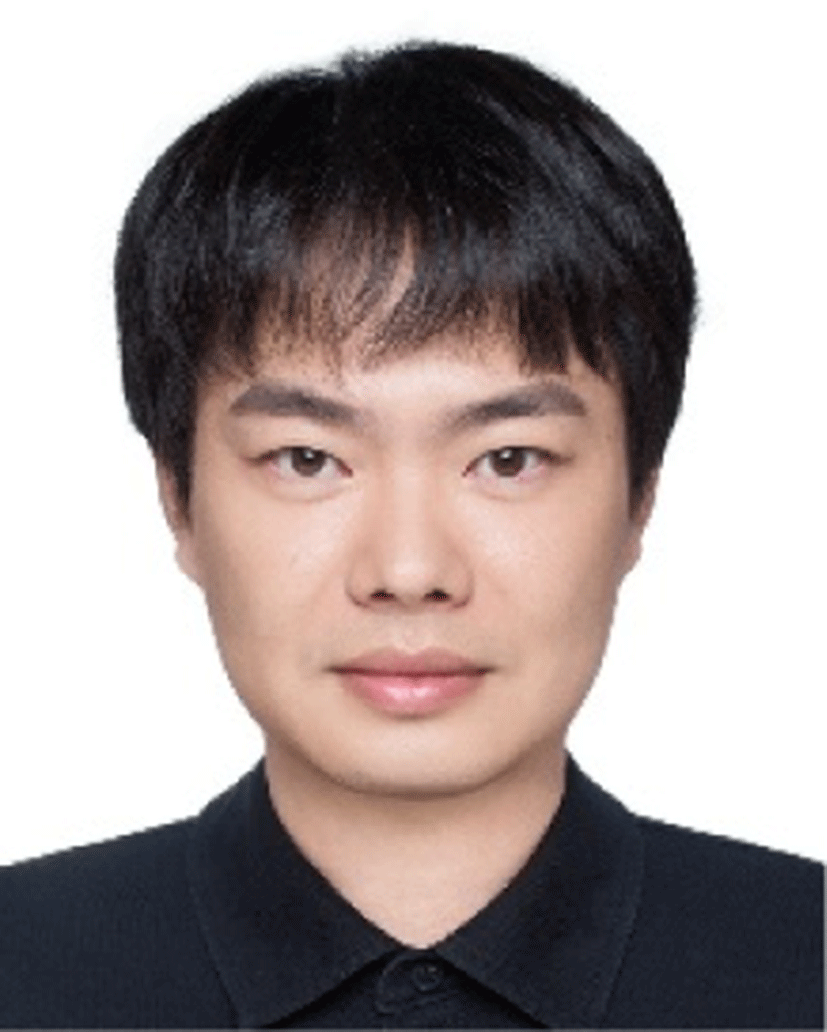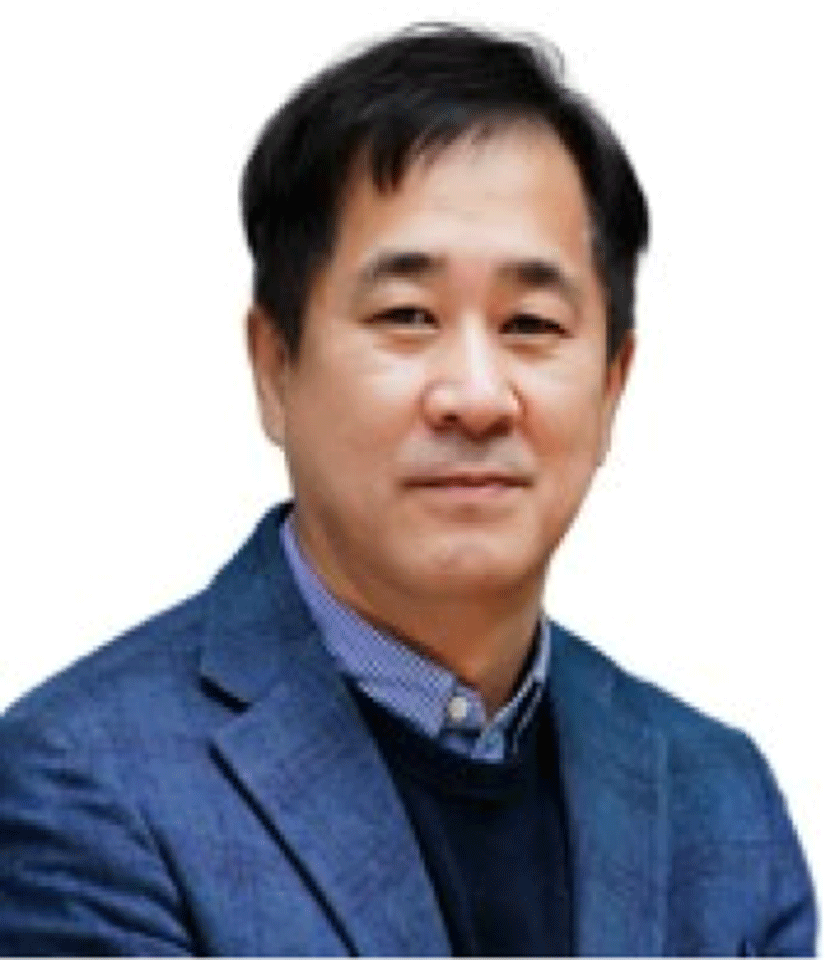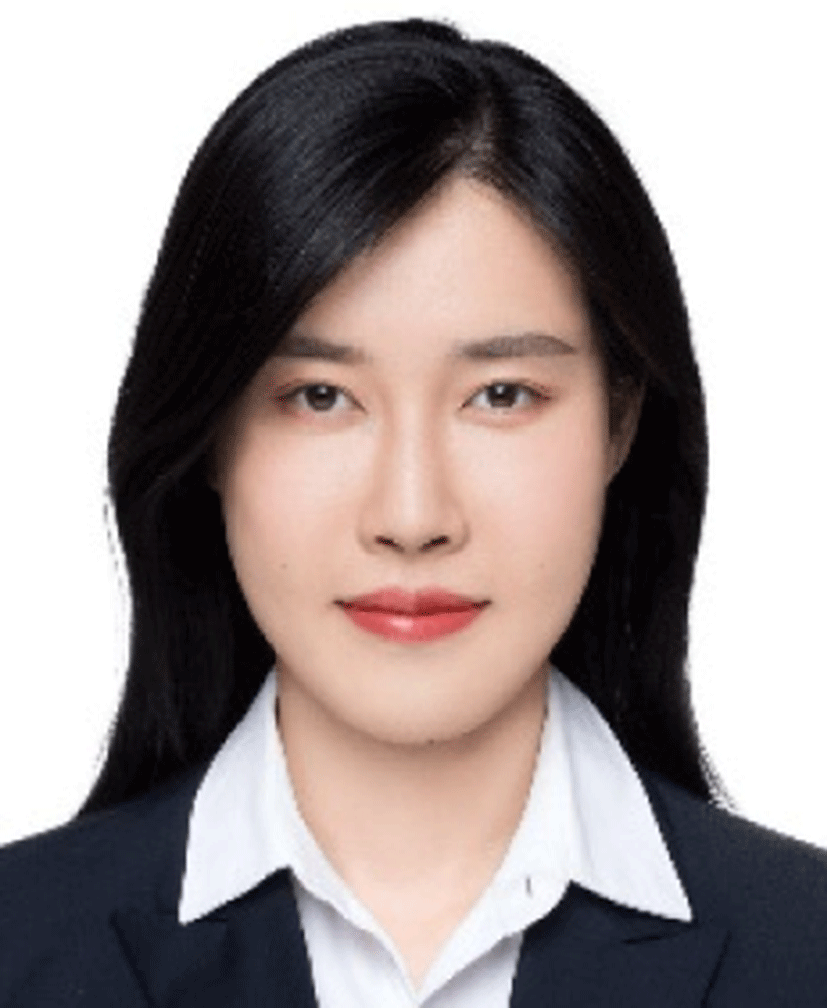I. INTRODUCTION
Research shows that in recent years, the anxiety level of social groups is getting higher and higher, and the mental health status is also declining year by year. It can be seen that anxiety has become one of the important obstacles to people’s mental health [1-3]. Generally, anxiety disorders can be divided into five types, namely phobia, claustrophobia, panic disorder, social anxiety, and generalized anxiety. In order to deal with people’s anxiety, researchers investigated the effectiveness of various intervention methods [4-6]. Research shows that film is an effective way to relieve anxiety. Movies can bring moving emotional changes through pictures, plots, and sound effects, so that the audience can have emotional fluctuations, such as happy, happy, sad, etc., so that the audience’s emotions can be fully mobilized, psychological pressure can be released, and psychological anxiety can be alleviated [7-8]. Psychological counselors noticed the influence of movies on people’s psychological activities and began to apply movies in the practice of psychological therapy. For example, Mazzeo Anthony J used movies to intervene the emotional disturbance of imbeciles (1968). Sterner Gary A’s study of the use of tape and film in group therapy to influence group behavior and group member attraction (1973); Gervasio Amy H et al., a Linguistic analytical study of confidence Training using movies (1988) [9].
According to the existing data, these studies are not systematic and lack of theoretical construction. The purpose of this study is to explore the theory and application technology of film therapy, study and discuss the influence of the expansion of traditional film aesthetics on relieving the audience’s psychological anxiety in the era of digital technology, hoping to find an effective way to intervene in the anxiety of people with modern social psychological anxiety. Improve their physical and mental health and help psychological counselors better use film therapy techniques in the process of consultation and treatment.
II. THE BODY PART OF A TREATISE
Research shows that film is an effective way to relieve anxiety. Movies can bring moving emotional changes through pictures, plots and sound effects, so that the audience can have emotional fluctuations, such as happy, happy, sad, etc., which can fully mobilize the emotions of the audience, release psychological pressure and alleviate psychological anxiety. Nowadays, movies have become an important part of the campus cultural life of contemporary college students [10-12]. In the era of digital technology, the expansion of traditional film aesthetics is very suitable for college students and can be accepted by them; Secondly, the treatment is novel and interesting, which can greatly improve the participation of the treatment object; Finally, its comprehensive characteristics make it widely applicable to all kinds of people and psychological problems [13-15]. Taking into account the above factors, this study aims to expand the traditional film aesthetics in the digital technology era, take college students’ anxiety as the research content, and investigate the influence of this therapy as an intervention method on college students’ anxiety.
The research takes 400 college students from 3 universities in Jiangsu Province with psychological anxiety as the research object. The traditional film aesthetic extended education model is used to educate all college students. Before and after teaching, the psychological anxiety and depression symptoms of college students were evaluated with Self Rating Anxiety Scale (SAS) and Self Rating Depression Scale (SDS). SAS scale consists of 20 questions and SDS scale consists of 60 questions. The 5-point Likert scoring method of “strongly agree (5 points), agree (4 points), general (3 points), disagree (2 points) and completely disagree (1 point)” is both adopted. Relevant data are calculated and counted by Excel software and spss22.0 software, so as to preliminarily judge the impact of film aesthetics on the audience’s psychological anxiety. In order to avoid the influence of single sample on the experimental results, 80 patients diagnosed as anxiety disorder were selected for the study in a hospital. Use software SPSS 22.0 to assign random numbers. Patients were randomly divided into film group and blank group. For the patients in the film group, the traditional film aesthetics was expanded for half an hour every day in addition to the treatment of conventional drugs; The blank group was only treated with conventional drugs. In addition to SAS and SDS, the mental health survey scale was also used to evaluate the mental status of the two groups of patients. The mental health survey scale includes five dimensions, including social, life, physical function, psychological function and sleep quality. The scores and meanings are shown in Table 1.
The total score of the mental health survey scale is calculated as shown in equation (1).
In equation (1), Ss, Sl, Sb, Sp, Sq represent the scores of social, life, physical function, psychological function and sleep quality.
Before and after teaching, the psychological anxiety and depression symptoms of college students were evaluated with Self Rating Anxiety Scale (SAS) and Self Rating Depression Scale (SDS). As shown in Table 2, from the SAS scale and SDS scale scores, the scores after applying the traditional film aesthetic extension education model were significantly lower than those before the intervention (p<0.05).
| Scoring method | Intervention time | Score |
|---|---|---|
| SAS | Before | 54.79 |
| After | 43.51 | |
| SDS | Before | 56.62 |
| After | 42.64 |
In order to avoid the influence of single sample on the experimental results, 80 patients diagnosed as anxiety disorder were selected for the study in a hospital. Use software SPSS 22.0 to assign random numbers. Patients were randomly divided into film group and blank group. For the patients in the film group, the traditional film aesthetics was expanded for half an hour every day in addition to the treatment of conventional drugs; The blank group was only treated with conventional drugs. SAS and SDS scores of the two groups before and after treatment are shown in Table 3. It can be seen that before the intervention, there was no significant difference in SAS and SDS between the two groups. After the intervention, the score of the film group decreased significantly, and was significantly lower than that of the blank group.
| Scoring method | Intervention time | Film group | Blank group |
|---|---|---|---|
| SAS | Before | 68.34±2.63 | 67.96±3.25 |
| After | 52.63±1.64 | 60.82±4.14 | |
| SDS | Before | 71.05±4.66 | 70.69±3.18 |
| After | 54.17±2.58 | 62.76±4.24 |
The mental health survey scale was used to evaluate the mental status of the two groups of patients after the intervention, as shown in Table 4. It can be seen that after the intervention, the score of each dimension of the film group is significantly lower than that of the blank group.
III. CONCLUSION
Film is a modern art form and film therapy has the characteristics of general art therapy, such as:
-
Non-linguistic, which is a kind of non-linguistic psychotherapy mediated by artistic activities. Through art, patients can have free association to stabilize and regulate emotions, eliminate negative emotions and cure mental diseases.
-
Non-guiding, that is, taking the client as the center of consultation and treatment. The consultant simply stays with the client in an open, natural and considerate way, which is reflected in the process of art therapy, that is, he does not pay attention to the client’s artistic skills, but encourages the client to seek their own way of experience.
-
Interactivity, which is completed in the process of the interaction between consultants, visitors and artistic activities, is easier to create a good atmosphere of consultation, which is conducive to the establishment of a good consultation relationship between consultants and visitors.
-
Flexibility: Art therapy is less restricted by the language, age and cognitive ability of the client. The implementation of therapy is not limited by the location and environment, and can be flexibly carried out individually or collectively.
In addition, film has its own characteristics. Compared with painting, it has more auditory factors and compared with music, it has more visual factors. It can be said that film is a three-dimensional art with more spatial characteristics.
In recent years, a variety of problems caused by college students’ anxiety are common, which has attracted the attention of many researchers. Research shows that the anxiety level of social groups is getting higher and higher, and the mental health status is also declining year by year. In the era of digital technology, applying the extended education model of traditional film aesthetics to the audience’s mental health education will certainly promote the development of social mental health education, make mental health education a life oriented and life oriented education, and become the education that really enters the audience’s heart. The results showed that before the intervention, there was no significant difference in SAS and SDS between the two groups. After the intervention, the score of the film group decreased significantly, and was significantly lower than that of the blank group.The mental health survey scale was used to evaluate the psychological situation of the two groups of patients after the intervention. It can be seen that after the intervention, the score of each dimension of the film group was significantly lower than that of the blank group. The research results show that the expansion of traditional film aesthetics in the era of digital technology has a positive impact on relieving the audience’s psychological anxiety, which is an effective way to intervene the anxiety of modern social psychological anxiety groups, and can improve their physical and mental health.
This study shows the positive effect of film therapy on anxiety of college students, which transcends gender, grade and other factors, and it is possible for film therapy to be widely promoted and used in colleges and universities. However, this therapy has certain limitations while relieving the anxiety of sample college students. For example, due to the characteristics of film therapy itself, it is more suitable for the intervention of overall and comprehensive anxiety, but has no obvious effect on the relatively simple state and trait anxiety. It is more suitable for individuals with high anxiety level. But it’s not that there is no effect for any other single anxiety or for any other level of anxiety, it’s just that the effect is less pronounced. Therefore, film therapy can be used to intervene in the anxiety of college students, but for its limitations, it is better to cooperate with other means of consultation and treatment to ensure better results.
Film is an important therapeutic means in film therapy and the choice of film is related to the smooth progress of the whole treatment. The films selected should be targeted, which should not only meet the basic conditions of the viewers, such as age, cultural background, identity, understanding ability, but also meet the psychological problems of the individuals. Choose a movie that can strike a chord with viewers and spark a collision of ideas. Also be aware of the timing of the film, too long or too short will not trigger or sustain the audience’s interest.
First of all, there is a lack of design, and it is necessary to strengthen the study of the intervention of film therapy on individuals. This study mainly applied film therapy to the group to intervene the anxiety of college students, but did not involve the study of a single individual. According to the definition of film therapy, it can be applied to both groups and individuals. However, due to the lack of study design, the intervention of film therapy on individual anxiety is unknown. In future studies, corresponding contents should be added to investigate the effect of film therapy on anxiety more comprehensively.
Secondly, the application of film therapy technology is not mature, and professional training is needed. During the experiment, We are not proficient in the technique of film therapy, which may lead to the deviation of the research results. Therefore, We need to strengthen our professional training on the application of film therapy. Newer, richer and more operable application technologies will be used to further reduce the interference of operation mode on experimental results.
Finally, the treatment plan of film therapy is not refined enough and needs to be further improved. Due to the limitations of team ability and objective conditions, the design of the scheme is not enough, the focus is not prominent enough, and the adjustment of the scheme is not flexible enough in the process of use.
From a large perspective, the future related research needs to be further developed and improved. For example, the research on anxiety should be more comprehensive and diversified, with different survey tools and research methods. At the same time, domestic research on film therapy is still relatively few, lack of a complete theoretical system, the operation mode is not perfect. Therefore, it is necessary to strengthen the basic research and intervention research of film therapy, and explore its application in more fields in dealing with psychological problems on the basis of improving the relevant theory and operation mode. Finally, in the process of film selection, there is a lack of unified standards and norms, so it is necessary to further improve the applicability of film research, and establish a reasonable structure, rich content, standardized and operable film database [16].








 was born in Wuxi, Jiangsu, P.R. China, in 1984. He received the Master degree from Nanjing Normal University, P.R. China. Now, he works in Department of Digital Arts, Wuxi Vocational College of Science and Technology. He is studing Ph.D in Department of Media and Communication, Tongmyong University. His research interests include Film & Television, and Digital media.
was born in Wuxi, Jiangsu, P.R. China, in 1984. He received the Master degree from Nanjing Normal University, P.R. China. Now, he works in Department of Digital Arts, Wuxi Vocational College of Science and Technology. He is studing Ph.D in Department of Media and Communication, Tongmyong University. His research interests include Film & Television, and Digital media. Ph.D., Graduate School of Journalism and Information, Seoul National University. Busan City Building Committee, Busan KBS Audience Committee, Busan Ulsan Gyeongnam Media Society, Busan International Children’s Film Festival, Busan KBS Audience Network Management Committee, Executive Committee of Busan Digital Content Union University, Representative of the Federation of Korean Teachers’ Organizations. Research Director, Korean Media Society. Executive Committee on International News Poetry. Former Chief of Staff of Tongmyong University, Director of Tongmyong University Network Imaging Center, Director of Central Library of Tongmyong University.
Ph.D., Graduate School of Journalism and Information, Seoul National University. Busan City Building Committee, Busan KBS Audience Committee, Busan Ulsan Gyeongnam Media Society, Busan International Children’s Film Festival, Busan KBS Audience Network Management Committee, Executive Committee of Busan Digital Content Union University, Representative of the Federation of Korean Teachers’ Organizations. Research Director, Korean Media Society. Executive Committee on International News Poetry. Former Chief of Staff of Tongmyong University, Director of Tongmyong University Network Imaging Center, Director of Central Library of Tongmyong University. was born in Wuxi, Jiangsu, P.R. China, in 1988. She received the Master degree from Daegu University, South Korea. Now, she studies in Major of Visual Communication Design, Pukyong National University. Undergoing Ph.D. Her research interest include Film & Television, Animation and Visual Design.
was born in Wuxi, Jiangsu, P.R. China, in 1988. She received the Master degree from Daegu University, South Korea. Now, she studies in Major of Visual Communication Design, Pukyong National University. Undergoing Ph.D. Her research interest include Film & Television, Animation and Visual Design.